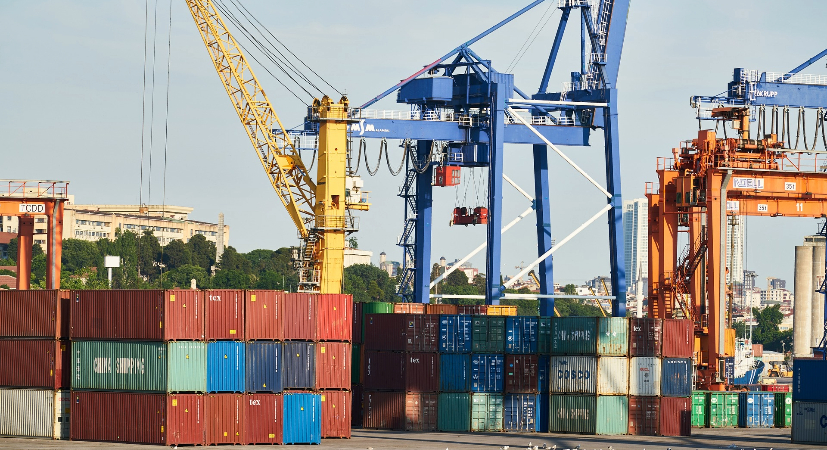
The collapse of Baltimore’s Key Bridge will require significant changes to East Coast trade flows. The Port of Baltimore handles a relatively small amount of total U.S. trade in dollar terms, but it is the country’s 17th-largest port based on tonnage. It is the 10th-largest port for dry bulk commodities like coal and grain, and the 15th-largest port for container traffic based on 20-foot equivalent units.
The port is especially important for certain key goods.
In 2023, 28 percent of all U.S. coal exports were transported through the Port of Baltimore. Top export destinations included India, Japan, China, and Brazil. Interruptions in coal exports through Baltimore’s CSX Curtis Bay Piers terminal could have significant implications if our trading partners seek alternative suppliers, including countries like China and Russia. Lost exports through the port would also have significant economic costs. An economic analysis found that the terminal provides $335 million in economic value to the state of Maryland. Counting indirect and induced employment, the terminal has generated more than 1,400 jobs.
The Port of Baltimore also handles more automobiles than any other U.S. port. Last year nearly 850,000 cars and light trucks were transported through the port. Baltimore’s strengths include its ability to handle roll-on-roll-off cargo, connections to the Midwest via the Norfolk Southern and CSX railroads, and an inland location that facilitates faster shipping times. While many autos will continue to be delivered through Baltimore, others may be rerouted to other ports.
Other significant imports that flow through the port include steel, aluminum, furniture, coffee, and sugar. In addition to vehicles and fuel, top exports include aircraft, machinery, and organic chemicals.
Rebuilding the Key Bridge and reopening the Port of Baltimore should be top priorities. Unfortunately, the efforts will face a number of legal and regulatory hurdles. According to President Biden, his first priority is to reopen the port. But he appended a significant disclaimer, saying “we’re going to do so with union labor and American steel.”
The goal should be to reopen the port and rebuild the bridge, regardless of whether that’s done with non-union labor or steel provided by Canada or other allies.
Another challenge is that while the world’s biggest and most advanced dredging companies are based in Europe, their ability to assist with Baltimore’s recovery will continue to be blocked by protectionist maritime laws like the Jones Act and the Dredging Act. Labor unions have already indicated they will oppose efforts to speed Baltimore’s recovery by “prematurely” waiving these laws.
Americans have faced a number of unique challenges to supply chains in recent years, ranging from the COVID pandemic to high tariffs maintained by the Trump and Biden administrations. Efforts to recover from the Key Bridge tragedy provide a reminder that removing barriers to trade–whether they come in the form of protectionist tariffs or closed ports–should remain the guiding principle for U.S. trade policy.

